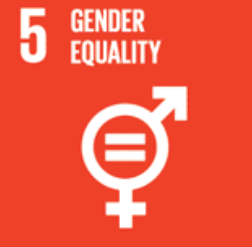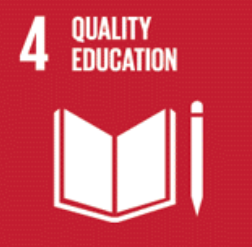Let's Get Coding in the Intermediate Phase
- Karen Walstra
- Oct 24, 2019
- 2 min read
Updated: Feb 2, 2023
Seymour Papert (Feb 29, 1928 – July 31, 2016) was a South African-born American mathematician, computer scientist, educator who developed Logo. He saw computer programming as benefical for all students. In the 60's and 70's he introduced computers into classrooms.

His purpose of introducing programming to young children was to develop students’ thinking in different ways. This idea developed into concept of Procedural Thinking: incorporated into the Constructivism Theory.
We are wanting to encourage learners to be creative, to solve problems and to achieve success while doing so. Using computational thinking encourages students to think, learn, solve, evaluate and try again. Building a range of skills and competences along the way.
Illustrated below are some of the key skills students would acquire as they develop computational thinking skiils.

Coding is one skill of many that students learn along the way. These skills can be linked and re-applied in other learning experiences or across subject knowledge.
So how do you begin, let's explore . . .
Google has a platform called CS First (Computer Sciences First), where schools and organisations can set up their own coding clubs.
The CS First curriculum includes both themes of lessons, such as sports, art, and game design. As well as one hour fun activities, with topics such as "Pitch Your Passion", "An Unusual Discovery" or "Animate Your Name"
The students learn by watching a video, and then actioning the skill using MIT's Scratch programme.
Each club has a dashbard, so club leaders can view the progress of their students, and students can share their results.
All the required resources to begin a CS First Club are on the website. Begin today, and start your own coding club.
Another example of introducing your students to coding, is using a puzzle type game called Tanks. This programme was developed by a South African student from the Nelson Mandela University.

Once the app is downloaded. Students open the app, and need to solve the problem depicted, by moving the tank over the star.
The problem is solved by building the code using physical puzzle pieces with coding instructions on them. Once participants are happy with their solution. They take a photo of it. The photo activates the intruction on the application.
Students then assess whther they have achieved their goal or if they need to solve the problem further. There are 35 levels for the game.
These are just two ways in which to begin a coding club at your school.
Explore and have fun! If you would like to attend a workshop, send me an email.
We are teaching coding within our schools, we are assisting in preparing our learners for the further, and helping to achieve some of UNSDG
I would love to hear your thoughts and ideas, please contact me, Karen Walstra or complete the expression of interest form.
Sources:
About Seymour Papert:


















Comments